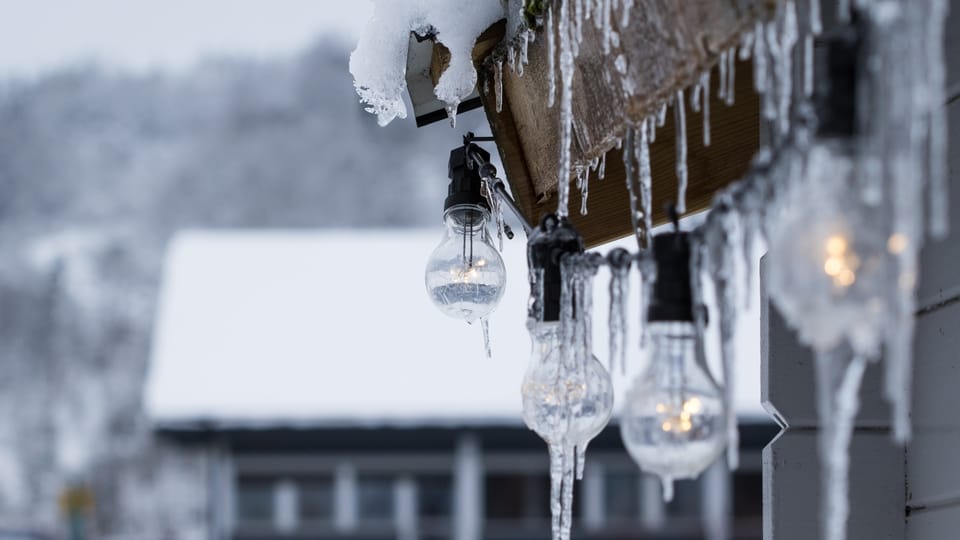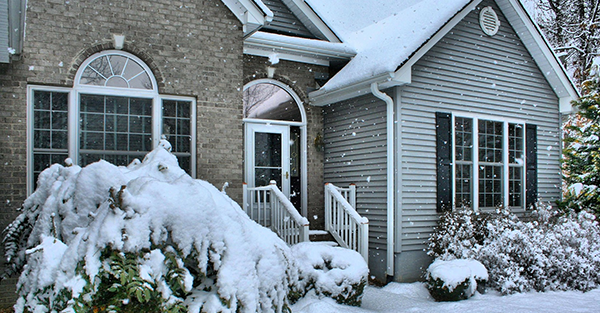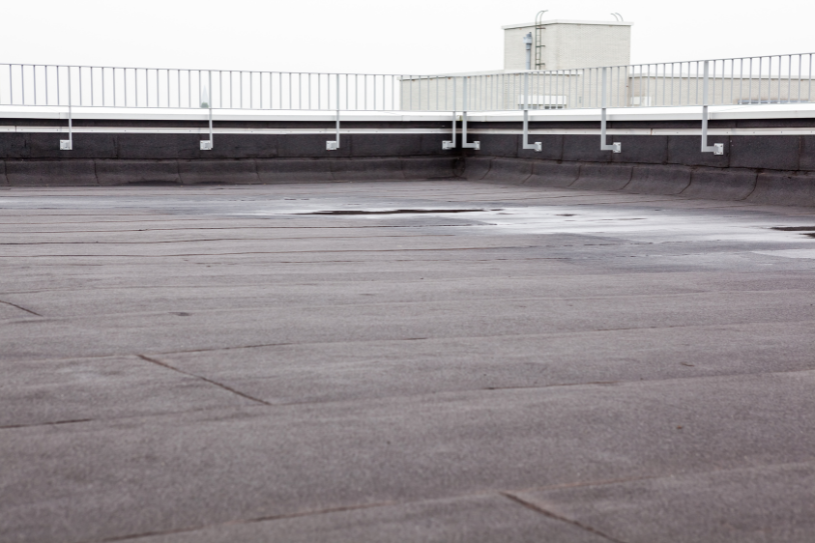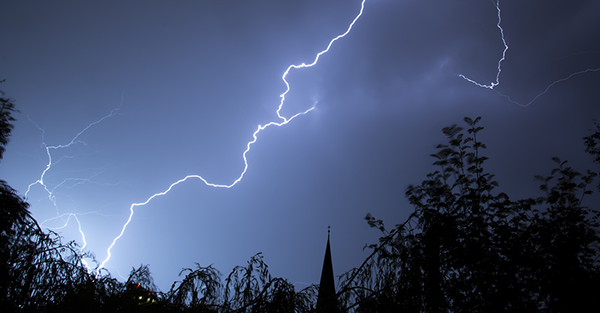
As winter sets in, you may notice how dry the air inside your home becomes. Low humidity levels can lead to a range of discomforts, from dry skin and irritated eyes to congestion and illness. A simple solution is to run a humidifier, but too much moisture could damage your home. Let's explore why maintaining the right humidity balance is crucial for your health and your home, and how to do it right.
Why is Low Humidity a Problem?
Dry air can impact the condition of your home and the health of your family. In the colder months, low humidity levels often result in:
- Dry Skin and Irritation: Reduced moisture in the air causes your skin, eyes, and throat to become dry and itchy.
- Increased Illness Risk: Viruses thrive in dry environments, making it easier for colds and flu to spread.
- Respiratory Issues: Dry air can lead to more frequent congestion and nosebleeds.
- Damage to Wood Surfaces: Wooden floors, furniture, and other elements in your home can contract and crack due to the lack of moisture in the air.
Adding a humidifier can help restore moisture to the air, but it's essential to maintain the right balance.
The Risks of High Humidity
Although dryness is uncomfortable and can damage your home, excess humidity during the winter can lead to significant problems.
- Condensation and Moisture Buildup: High indoor humidity can cause water stains, frost, and even attic condensation, which homeowners can often mistake for leaks.
- Structural Damage: Excess moisture can lead to mold, mildew, and rotting wood, particularly in insulation and wooden surfaces.
- Ice Damming: Improper ventilation and insulation can lead to ice build-up on roofs, causing costly damage to gutters and roof structures.
According to The Environmental Protection Agency (EPA), you should keep your indoor humidity levels between 30 and 50 percent. Keeping within this range ensures your home is comfortable and protected from both low and high humidity-related issues.
Creating a Healthy Home Environment
Balanced humidity is essential for the healthiest home environment. Proper attic ventilation, insulation, and regulated humidity levels can prevent discomfort and costly repairs. To ensure your home can stand up to winter, make sure to invest in a good ventilation system that gets rid of the moisture inside and replaces it with cool, dry air from outside.
Then, make sure your attic is properly insulated, since heat always rises to the top of your house. To do this, take a look in the attic to see how thick the insulation is. If it is level with or below the floor joists, you most likely need more insulation. If the joists are covered and you can't see beneath, it shouldn't be necessary to add additional insulation on top. Just make sure it is spread evenly throughout the attic, without any gaps.
The Bottom Line
Maintaining the right humidity level in your home is essential for a healthy and comfortable winter. Too little or too much moisture can lead to a variety of issues, from dry skill and illness to structural damage and mold growth.
If you're experiencing moisture problems or need help managing your home's humidity levels, contact us today for tailored solutions that ensure your home remains safe and comfortable all season long!








Comments